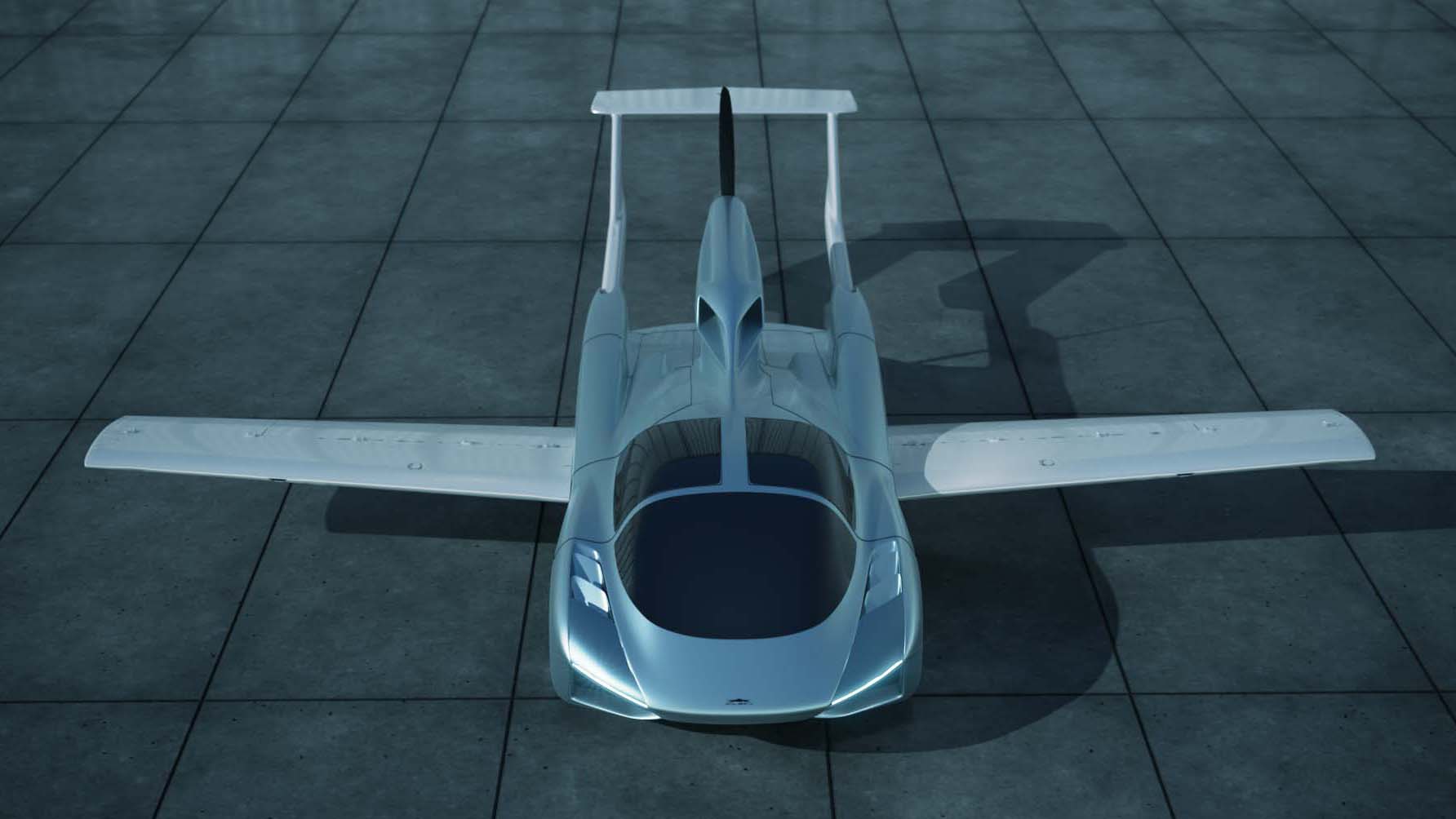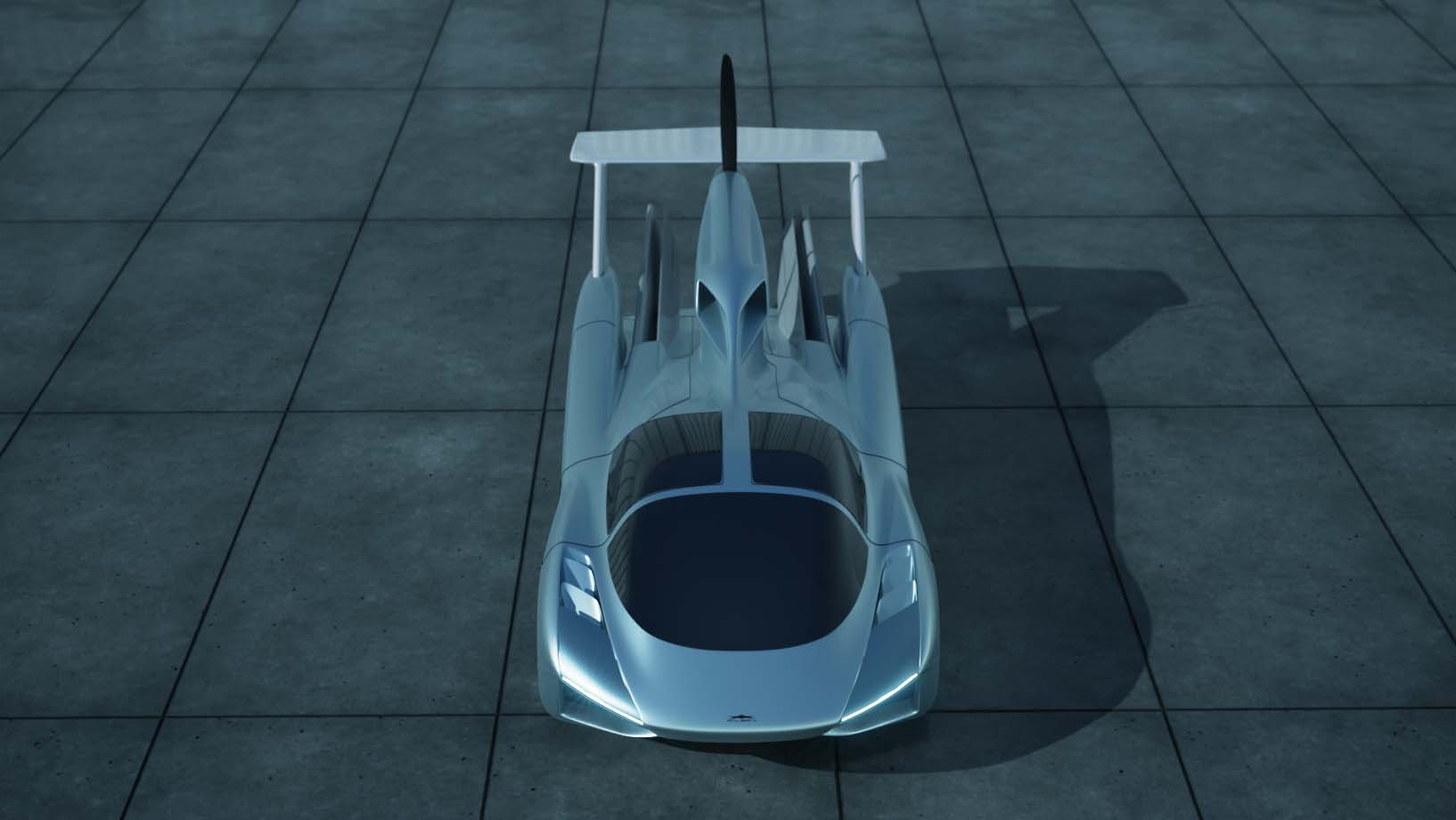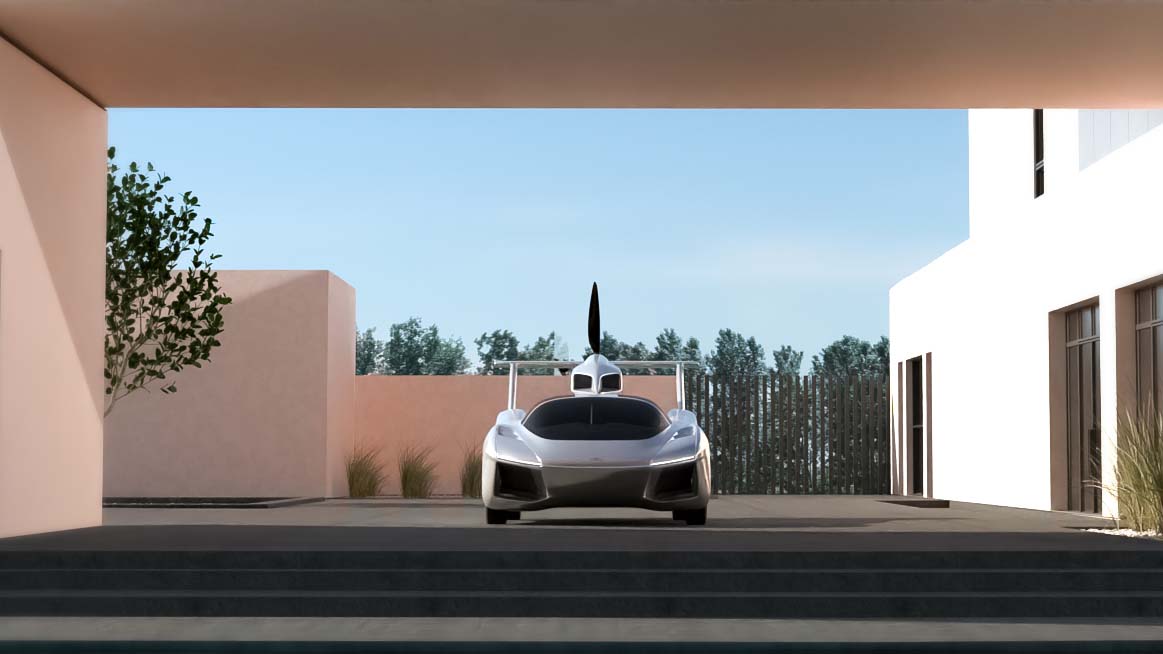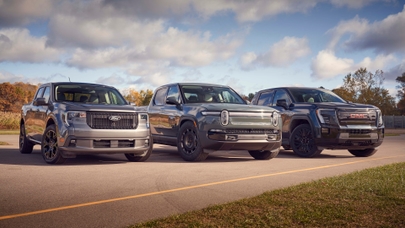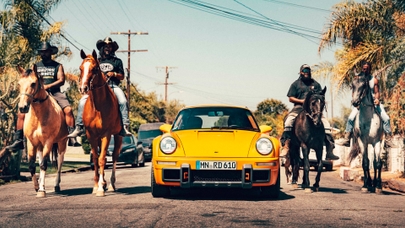
The £600k AirCar is going on sale in early 2026: here’s everything you need to know
Plus, we sit down for some quick-fire questions with its maker, Anton Zajac
So, here it is: the future we were all promised by countless movies. Slovakia-based Klein Vision’s two-seat AirCar - a fully functioning flying car that has already gained its certifications - will officially go on sale in early 2026 from around £600,000. The aim? The sensible CorporateSpeak goes something like 'revolutionise the way we think about private and public transportation'. Really though, it's a FLYING CAR.
For the production spec versions, the previously reported BMW 1.6-litre engine is being swapped out for a new petrol-fuelled powertrain from a South African provider. Three versions will be available - 280bhp, 320bhp and 340bhp - and all are suitably future-proofed for emissions regulations.
Let’s dissect the ‘car’ bit first. Klein Vision quotes a ‘safe’ top speed of 124mph and a kerbweight of just 800kg, so this thing should be nippy. In terms of size while in car mode, it’ll be two metres wide, 5.8m long and 1.8m tall - comparable to a Rolls-Royce Phantom in all but height. But don’t forget: this thing flies, so it has wings.
Wings that have been cleverly bundled within the car’s own architecture when not in use, that at the flick of a switch emerge to provide a total wingspan of 8.2m. The tail will extend to grant a new length of seven metres, too, just to make sure there’s enough distance between the centre of gravity and control surfaces.
When you do eventually take flight, Klein Vision says a maximum altitude of 10,000ft can be reached in these initial cars. Beyond this, there’s a regulation that requires you to have oxygen tanks within, and it’s something the team hasn’t yet thought about. Y’see, it reckons most of you pilonauts will sit at no more than 2,500ft, because there’s simply no need to cruise any higher.
Speaking of which, the AirCar will do its cruising at up to 155mph (135 knots), and there are three fuel tanks in place - one in the centre and two out wide - which provide a unified 160 litres of fuel. Range? That’ll be 621 miles.
It all sounds jolly good, so let’s get some more insight from the AirCar’s co-creator, Anton Zajac.
TG: What’s this thing going to be like to drive on the road?
AZ: Stephen Klein, my colleague, is an engineer and pilot, and he’s worked very closely with companies like Volkswagen. The Veyron was actually developed by one of his students. The goal here was to create a shape that resembles a sports car, and since it weighs only 800kg, it’s fast.
What’s the procedure for getting it airborne then?
You just drive right up to the runway, push one button, and it’ll transform into a craft. The steering wheel acts as a yoke. We wanted the AirCar to feel exactly like a car, so you have all the usual pedals and things in place, even when you’re in aircraft mode. You won’t need to learn anything new, and that might not sound like a big deal, but it is.
Top Gear
Newsletter
Thank you for subscribing to our newsletter. Look out for your regular round-up of news, reviews and offers in your inbox.
Get all the latest news, reviews and exclusives, direct to your inbox.
Any sources of inspiration when you were creating it?
The key for the AirCar was to find the right shape and make sure you could park it within a standard space. To achieve that, we looked at an old Czechoslovakian creation, the Tatra. It was a car which, when it got up to speed, started to lift its nose like… an aeroplane. We call this a ‘lift body’ shape, and so in our case, we looked here for inspiration. Using what we learnt and applying it to the AirCar, the body now produces a 30 per cent upward pull force, which is just the right amount for when you want lift-off.
How sure are you that there will even be a demand for flying cars?
In North America, there are already 253,000 small planes by estimate. If we can capture even five per cent of this market, which I believe we can, there’s a strong business model right there. Plus, shared services like Uber will almost certainly adopt flying cars. There are 30 million taxis in the world, and if you convert even one per cent of this, you have a multibillion-dollar company. So yes, I think the demand will be there.
How much customisation will be available?
You can have a very simple version, or you can have one with leather and different instruments which is more complex. You can get glass displays or a completely analogue cockpit. Essentially, you can make it as luxurious or as rudimentary as you want.
Trending this week
- Car Review
Chery Tiggo 9




